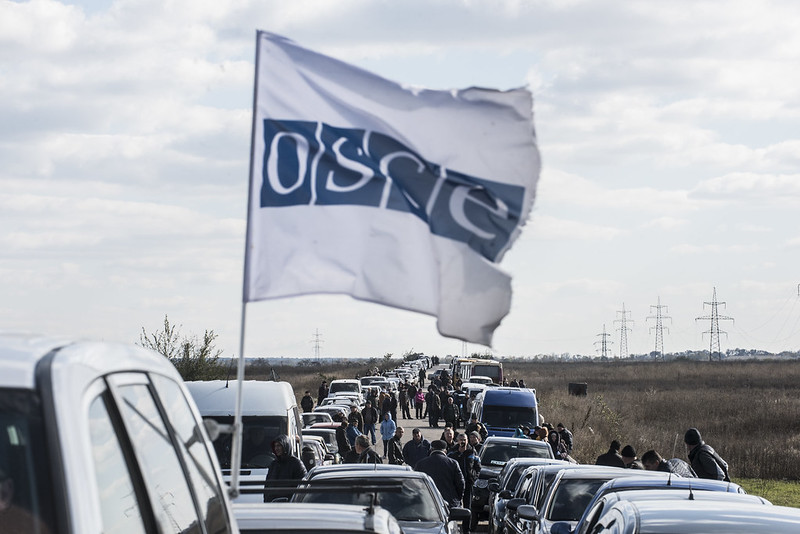
Great to join OSCE ambassadors at their Annual Security Review Conference recently to examine the value to the organisation of increased use of strategic foresight. Whilst less well-known than the UN, the OSCE – founded in 1975 to facilitate East-West dialogue during the Cold War – forms part of the same post-war multilateral architecture that we now see under threat.
The OSCE recognises that it is heavily exposed to the risks around the current erosion of multilateralism and rise in ever more overt great power competition. As a forum that deals with hard security issues in Europe (including conflict and cyber) and counts not just all European states but also Russia and the US as members, it has long faced uncertainty over its future and is no stranger to internal tension in the management of ‘frozen conflicts’ and highly sensitive post-conflict zones such as Transdniestria, Bosnia and Kosovo.
This broad membership is a key vulnerability. The OSCE’s ability to operate freely, whether in monitoring contested elections, enforcing ceasefires in places like Ukraine, or building confidence in the face of cyber threats and mistrust between its members, risk being ever more limited in the decades ahead.
This, amongst myriad other global threats – many of which COVID has surfaced – has brought foresight to the forefront of the organisation’s thinking. They are beginning to plan in earnest how to increase their foresight capabilities. Last month, I joined OSCE ambassadors for a discussion on how to ‘prepare shared responses to the unexpected’ across participating states. Panellists shared experiences on developing anticipatory capacity (foresight structures and habits) inside national governments and international organisations. The meeting ended with the intent that participating governments should share foresight analysis and trends work on a regular basis in future.
I welcomed this new focus, and I left inspired. This is an organisation whose employees are fired by hope. They work in regions and on issues which can often seem intractable; on frozen conflicts and irreconcilable positions; in places where distrust runs deep and prospects for unlocking change can seem dim. But they persevere.
That mindset is important for foresight too. We can and must respond to the threats ahead. But we must also use foresight, and its tools, to help advance a desired future – not just fend off the many futures that we fear.
